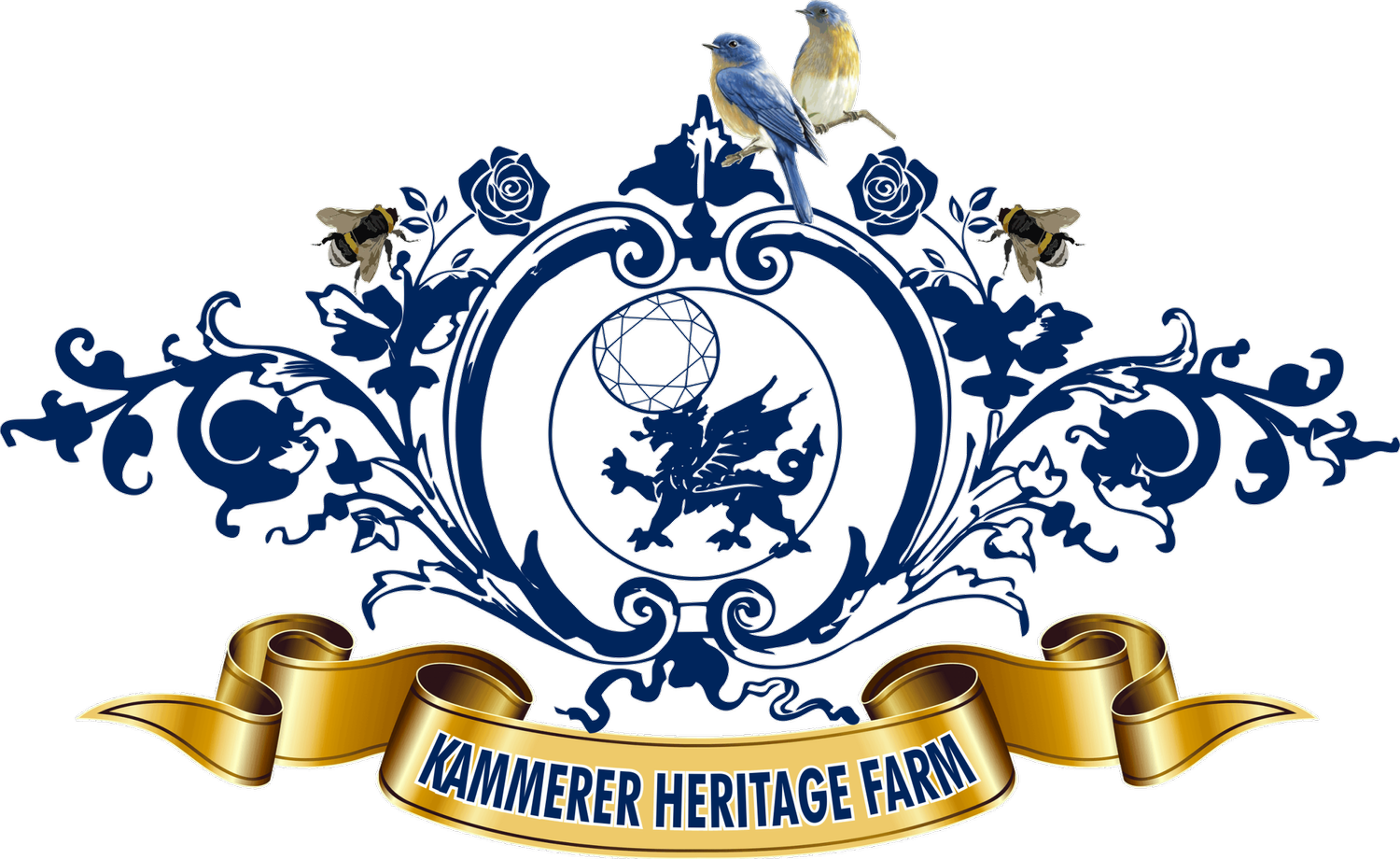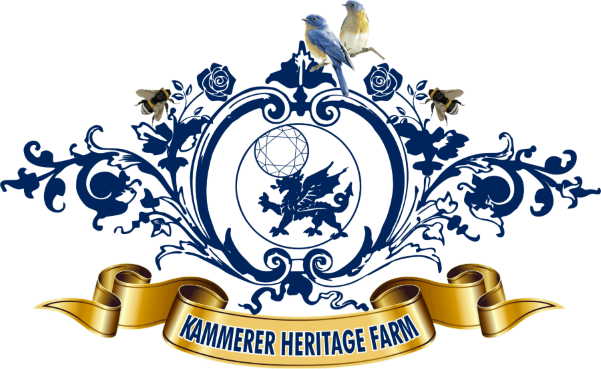Red Cuckoo Orpington
Pre-Order for 2023 Limited Quantiles Available
The Cuckoo Orpington made its debut at the Dairy Show of 1908 in Britain. And then later at Crystal Palace in 1912. This is one of the most striking breed type of Orpingtons, with the impressive “barring” which is more prominent in the Males than the Females. The barring in the Females will naturally fade as the Female ages. They are also one of the most sensitive Orpington Breeds to raise so more careful attention to the raising of these birds is essential. Avoid over-crowding, practice great Husbandry, low stress levels, and give plenty of natural herbs to boost their immune system.
Heritage:
English
Egg Colour: Pink/ Light Brown
Egg Count: 180-230 per year
Hens Body weight: 6-9 lbs
Rooster Body weight: 8-10.5 lbs
Temperament: Very Friendly
Hardiness: Docile, Quiet, and Affectionate, Canadian winter hardy after adulthood
Genetics:
Cuckoos’ are true to their name and are not split. They carry two expressions of the barring gene
Double Barring x Double Barring = 100% Cuckoo
Double Barring x Single Barring = 50% double barring 50% Single Barring
Double Barred Male x Solid Hen = 50% Single Barred Males, 50% Barred Females
Single Barred Male x Solid Female = 25% Single Barred Males, 25% Barred Females, 25% Solid Males and 25% Solid Females
Solid Male x Barred Female= 50% Solid Males, 50% Solid Females
Pre-Order for 2023 Limited Quantiles Available
The Cuckoo Orpington made its debut at the Dairy Show of 1908 in Britain. And then later at Crystal Palace in 1912. This is one of the most striking breed type of Orpingtons, with the impressive “barring” which is more prominent in the Males than the Females. The barring in the Females will naturally fade as the Female ages. They are also one of the most sensitive Orpington Breeds to raise so more careful attention to the raising of these birds is essential. Avoid over-crowding, practice great Husbandry, low stress levels, and give plenty of natural herbs to boost their immune system.
Heritage:
English
Egg Colour: Pink/ Light Brown
Egg Count: 180-230 per year
Hens Body weight: 6-9 lbs
Rooster Body weight: 8-10.5 lbs
Temperament: Very Friendly
Hardiness: Docile, Quiet, and Affectionate, Canadian winter hardy after adulthood
Genetics:
Cuckoos’ are true to their name and are not split. They carry two expressions of the barring gene
Double Barring x Double Barring = 100% Cuckoo
Double Barring x Single Barring = 50% double barring 50% Single Barring
Double Barred Male x Solid Hen = 50% Single Barred Males, 50% Barred Females
Single Barred Male x Solid Female = 25% Single Barred Males, 25% Barred Females, 25% Solid Males and 25% Solid Females
Solid Male x Barred Female= 50% Solid Males, 50% Solid Females
Pre-Order for 2023 Limited Quantiles Available
The Cuckoo Orpington made its debut at the Dairy Show of 1908 in Britain. And then later at Crystal Palace in 1912. This is one of the most striking breed type of Orpingtons, with the impressive “barring” which is more prominent in the Males than the Females. The barring in the Females will naturally fade as the Female ages. They are also one of the most sensitive Orpington Breeds to raise so more careful attention to the raising of these birds is essential. Avoid over-crowding, practice great Husbandry, low stress levels, and give plenty of natural herbs to boost their immune system.
Heritage:
English
Egg Colour: Pink/ Light Brown
Egg Count: 180-230 per year
Hens Body weight: 6-9 lbs
Rooster Body weight: 8-10.5 lbs
Temperament: Very Friendly
Hardiness: Docile, Quiet, and Affectionate, Canadian winter hardy after adulthood
Genetics:
Cuckoos’ are true to their name and are not split. They carry two expressions of the barring gene
Double Barring x Double Barring = 100% Cuckoo
Double Barring x Single Barring = 50% double barring 50% Single Barring
Double Barred Male x Solid Hen = 50% Single Barred Males, 50% Barred Females
Single Barred Male x Solid Female = 25% Single Barred Males, 25% Barred Females, 25% Solid Males and 25% Solid Females
Solid Male x Barred Female= 50% Solid Males, 50% Solid Females













